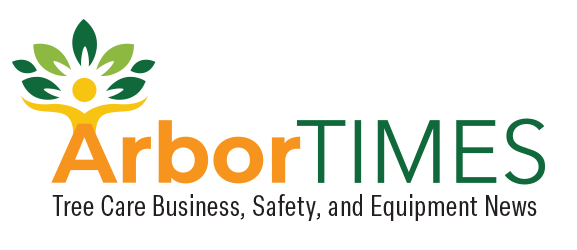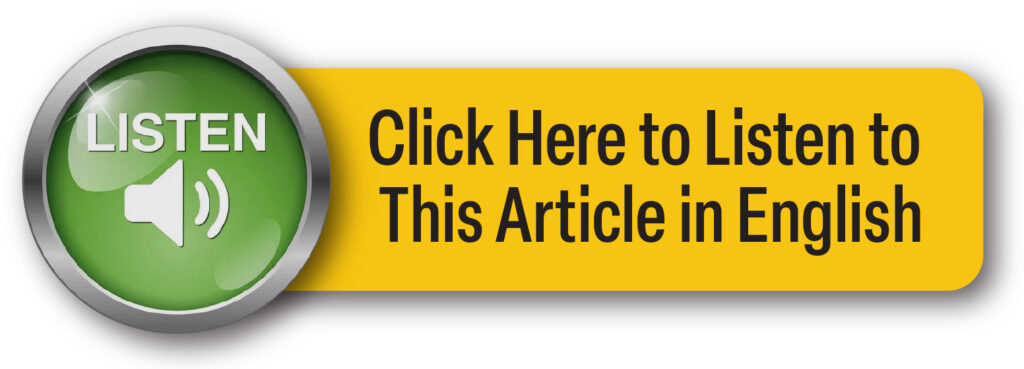Exploring Urban Trees and Their Benefits to Wildlife
Este es nuestro intento de convertir las historias en audio español usando Inteligencia Artificial. Aún así le recomendamos que reconfirme ciertas palabras clave y temas. ArborTIMES no garantiza ni se responsabiliza de la conversión del inglés al español de los relatos.
_
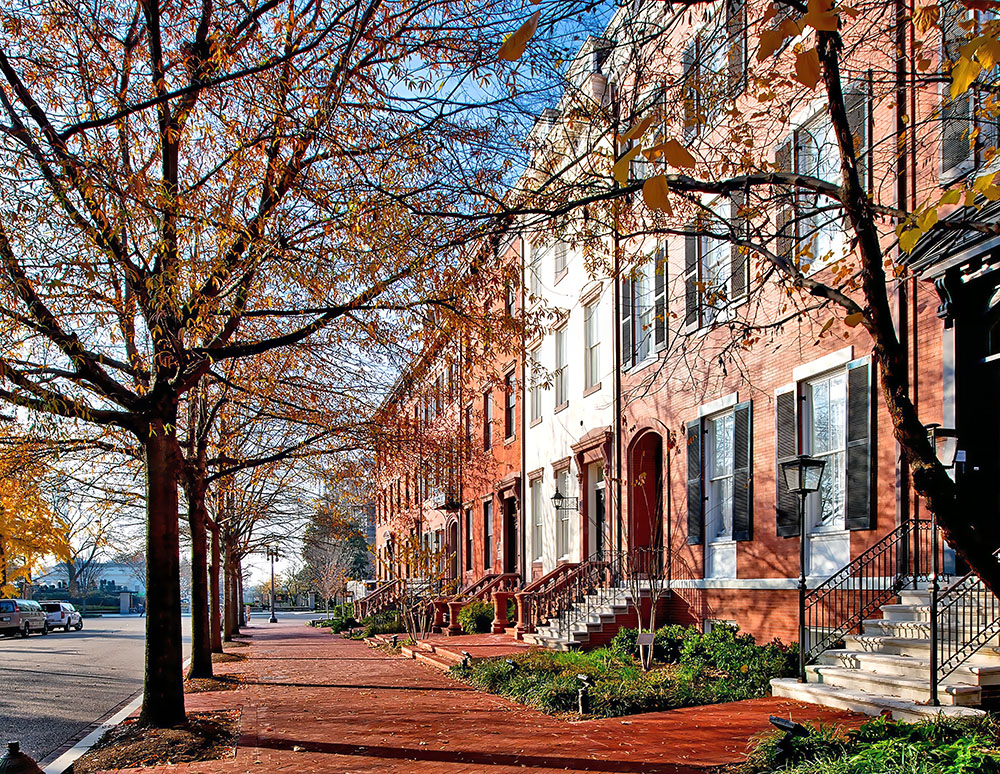
Many arborists and people in general understand the benefits that trees provide in forests and urban areas. They produce clean air and water, prevent stormwater runoff and provide a cooler microclimate under their canopy. It’s also easy for the public to understand that forests provide benefits for wildlife in the form of food, water and shelter. According to the Arbor Day Foundation, urban trees contribute $73 billion in community-wide environmental benefits each year.
What’s not often considered are the benefits trees provide to wildlife in urban forests or along the powerline right-of-way (ROW). A basic understanding of which trees benefit native wildlife, such as insects and birds, is essential to create a fully functional and balanced urban forest.
When discussing urban forests, I like to reference Arboriculture: Integrated Management of Landscape Trees, Shrubs, and Vines by Richard Wilson Harris, James R. Clark and Nelda P. Matheny. The authors describe urban forestry as the care and management of single trees and tree populations for the purpose of improving the urban environment. An urban forest is a community of trees and plants near houses or similar structures.
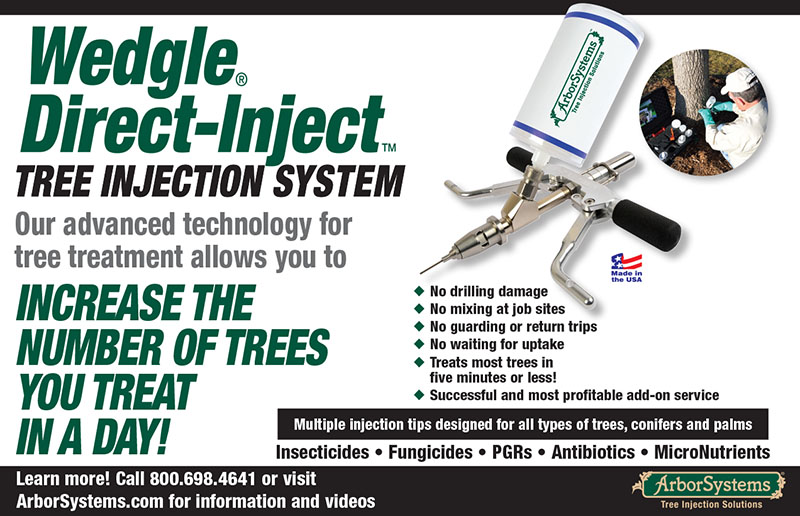
The U.S. Forest Service also notes that urban forests come in different shapes and sizes, including urban parks, street trees, landscaped boulevards, gardens, river and coastal promenades, greenways, river corridors, wetlands, nature preserves, shelter belts of trees and working trees at former industrial sites.
Right tree, right place
As arborists, most of us have probably heard the phrase “The right tree in the right place.” This is the focus of many arborists and urban foresters – it takes a lot of skill and is usually a difficult task.
It can be tempting to plant whatever tree fits the bill in a difficult spot. If a hardy tree will grow in that location, people tend to plant them without thinking about whether it’s native or non-native. A native tree is defined as growing in the forest naturally, something that can germinate and grow into a mature tree. A non-native tree may or may not grow naturally, and its origins come from an entirely different environment, usually on another continent.

Before planting non-native trees, I like to encourage people to consider a native alternative that can provide the same benefit as well as additional benefits that can slip under our radar. Think of tree and plant species that have evolved in the ecosystem, have coexisted with organisms and wildlife for millions of years and are well-adapted to the region in which they’re growing.
Most people don’t want their plants to be eaten by insects, which is why people often choose non-native plants. There’s less that feed on their plants – or so they think. Turns out, there are a lot of insects that are brought over with these plants, which they need to be treated for. It’s not a huge advantage. Often, the native insects don’t damage the plant beyond the homeowner’s acceptability of damage. If that’s the case, you’ll have a plant that looks good and performs all the functions the homeowner wants – all while benefiting wildlife.
When creating and/or fostering an urban forest, the first objective should be to ensure a balance between the plants, trees and insects. The second step is to plant the right plant in the right place to ensure you benefit insects without creating a situation where they feed too much.
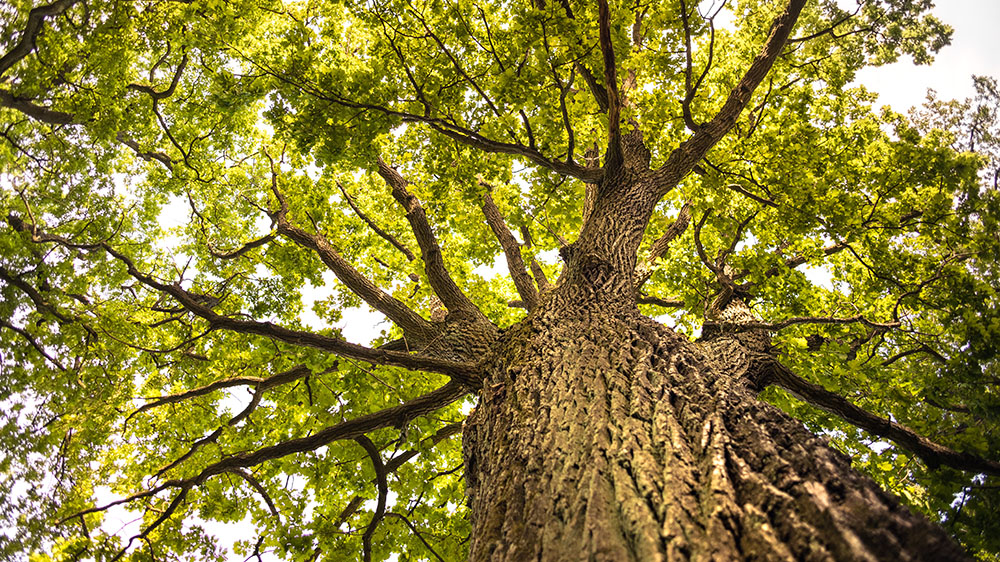
If you find yourself wondering where to start, I usually recommend planting more natives and/or replacing the non-natives when the opportunity presents itself. An urban forest that provides benefits to wildlife should be three-dimensional: You should have an overstory, an understory and a dense border of plants and shrubs.
Developing a three-dimensional urban forest
To begin developing a three-dimensional urban forest, consider planting any of the following species.
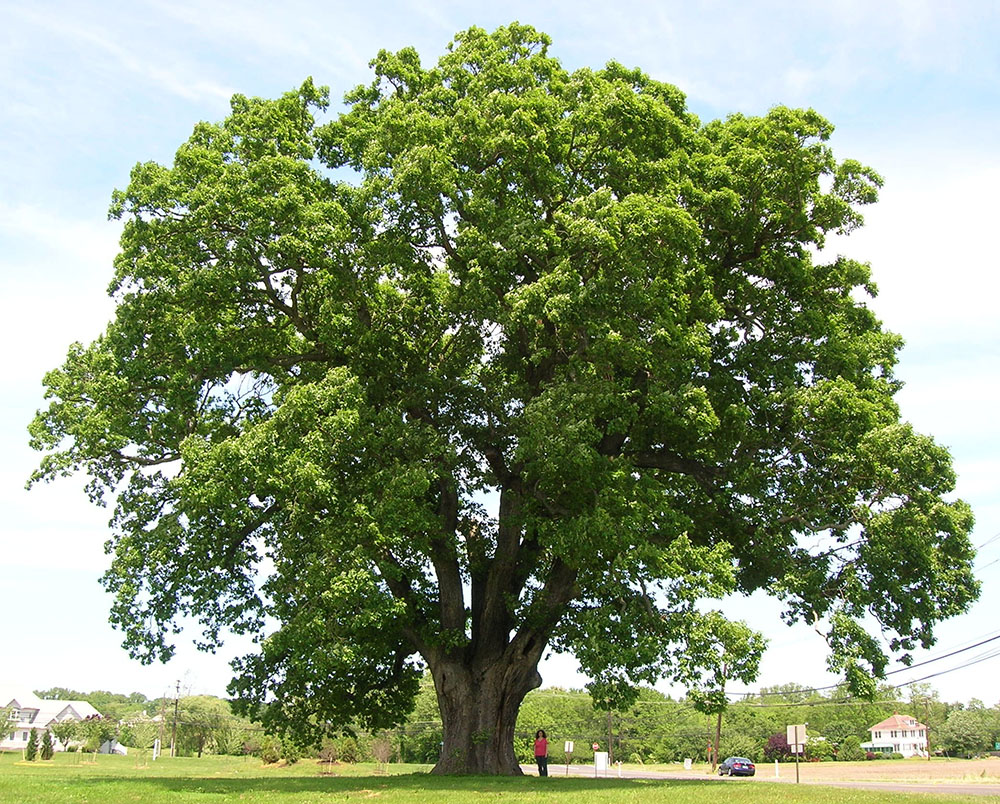
Oak, Quercus spp. Oaks not only produce mass for game and squirrels, but they also provide habitats for birds and flying squirrels. They also churn out caterpillars from May to October.
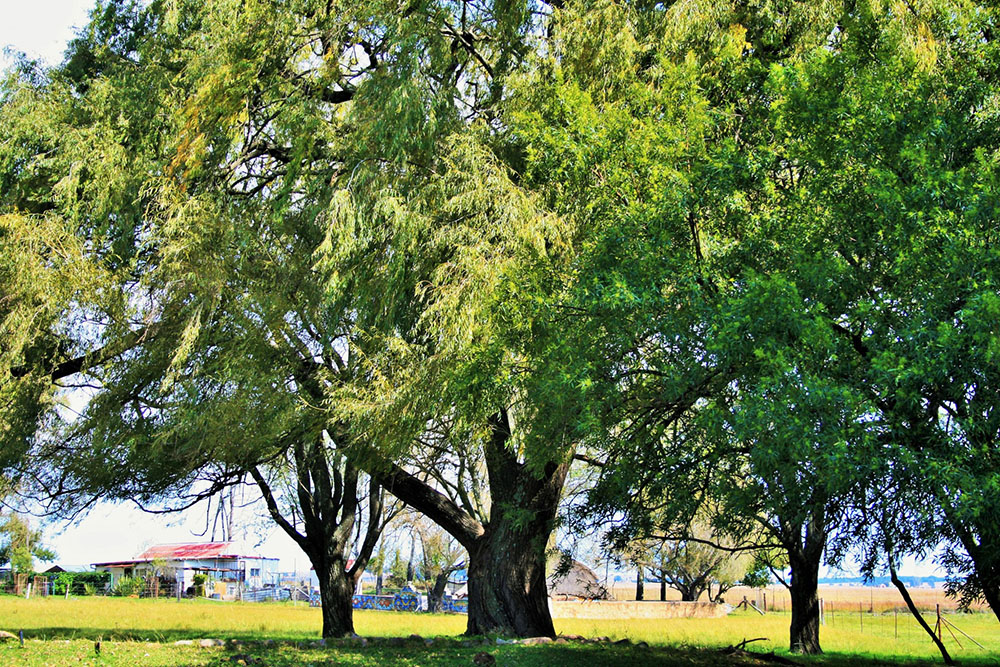
Willow, Salix spp. These trees do well in poorly drained, wet areas and are a host to a species of the sphinx moth. But take caution: It’s not a great idea to plant this species next to valuable structures due to their weak and brittle build.
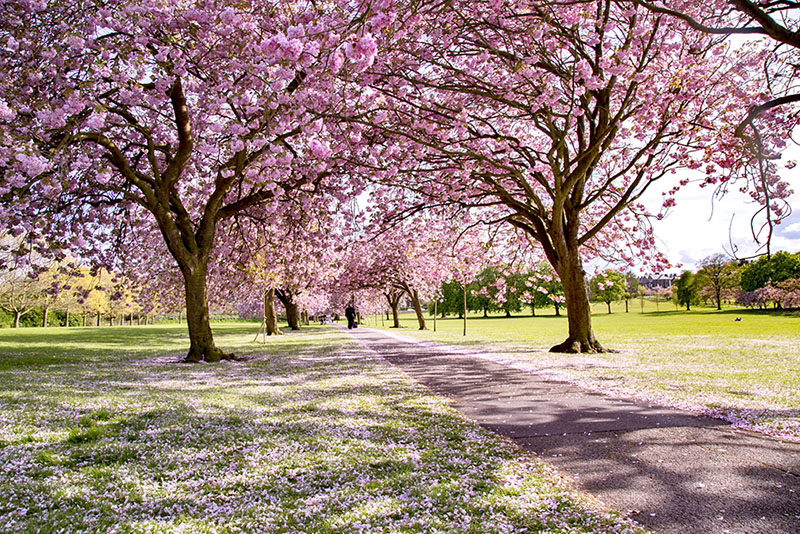
Cherry and fruit, Prunus spp. The berries of the black cherry are edible and loved by birds, especially the cuckoo, which also enjoys eating eastern tent caterpillars that cherry trees host. A native bird eating a native pest is an excellent benefit.
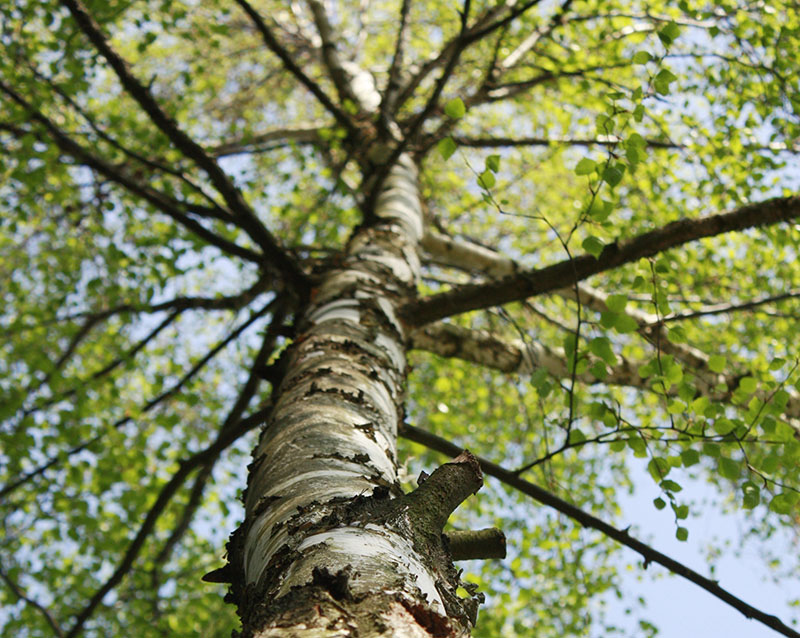
Birch, Betula spp. Birch trees are an excellent food source for wildlife. They have beautiful characteristics, such as their bark, which provides a habitat for wildlife to lay eggs and hide from predators.
Blueberry and azalea plants, Ericacia family. These are both good understory plants. They nourish many species with their fruit, but they also host hundreds of species of moths and butterflies. Where available, I suggest planting native azaleas and native blueberries, even if it’s just because their fruit tastes good.

Maple, Acer spp. Since the destruction of chestnuts in the early- to mid-1900s, the maple has expanded its role in the urban forest. There are midstory, understory and overstory trees that work well for each layer in the urban forest. The maple supports 285 species of moths and butterflies east of the Mississippi.
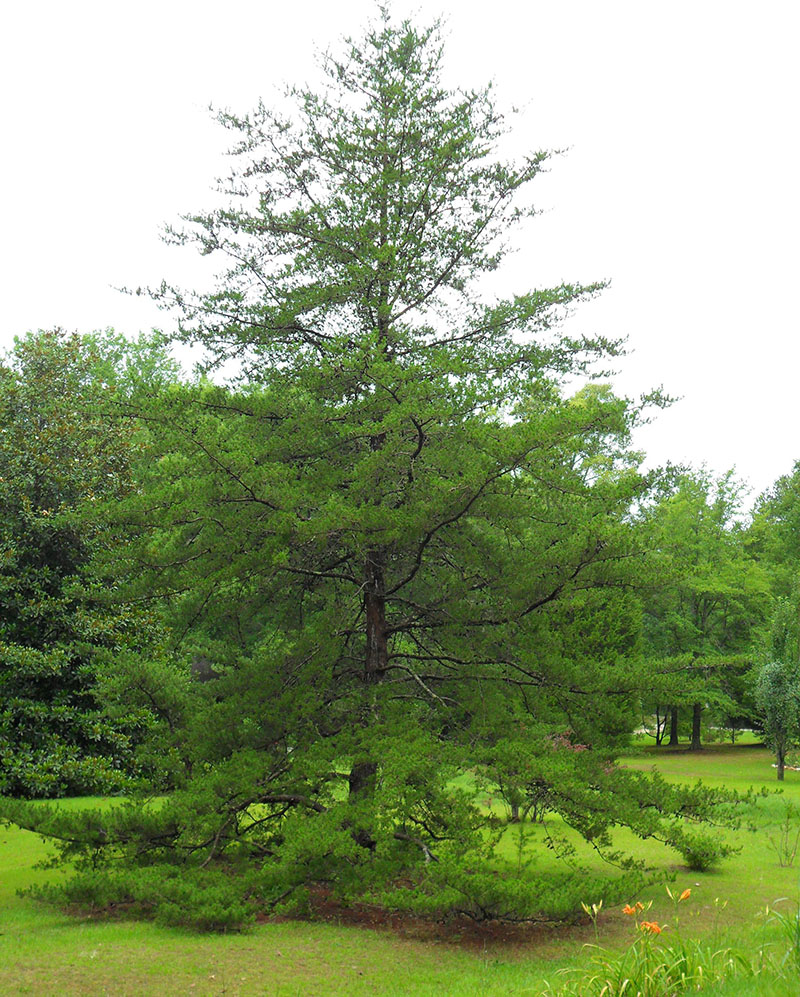
Pine, Pinus sp. There are many conifers in the urban forest in the United States. The eastern white pine, for example, is a common choice in urban areas. It grows quickly, blocks wind and screens out neighbors – all while providing benefits to insects, wildlife and birds.

Elm, Ulmus spp. Since the Dutch elm disease, many of these native elms are now gone. What we have left are elm trees that originated in Asia, like the Chinese elm and Siberian elm, which are popular in urban areas. Resistant cultivars of American elms continue to become more available, so they would be a good alternative to the Siberian or Chinese elms.

Hickory, Carya spp. These are great ornamental trees and have beautiful fall foliage. Hickories are excellent wildlife trees that produce more than 100 species of bird food in the form of moths and butterfly larvae. They also produce large nuts that sustain squirrels and other mammals over the winter. A lot of people also harvest and eat these nuts.
Hawthorn, Crataegus spp. There are a lot of plants in this genus and they hybridize regularly, so getting the exact species can be a nightmare. They make a great ornamental tree with beautiful flowers in the spring and berries in the fall. But don’t get too close to them because their giant, syringe-like thorns will cause damage. That being said, these thorns help protect bird nests, as well as caterpillars and butterflies.
Hazel alder, Alnus sp. This is a small tree native to the eastern U.S. It’s a hardy native that can grow in wet or dry conditions alike. It’s a good border tree that forms a multi-stem, shrub-like tree that is closely related to birch trees. They also share a lot of the same hosts, such as the banded tussock moth.

Basswood and Linden, Tilia spp. These are an excellent source of pollen and nectar for pollinators, and the seeds are a favorite among small mammals. They also play an important role in providing insects as food for birds and such. These trees support more than 150 species of caterpillars in the eastern U.S., such as the checkered-fringe prominent.
Hazelnut, Corylus spp. The hazelnut is a plant that provides an understory bush and produces a nut that is edible and sold for production. Best suited for sunny edges, many species of butterflies and moths develop on the leaves of this plant, like the white-marked tussock moth.
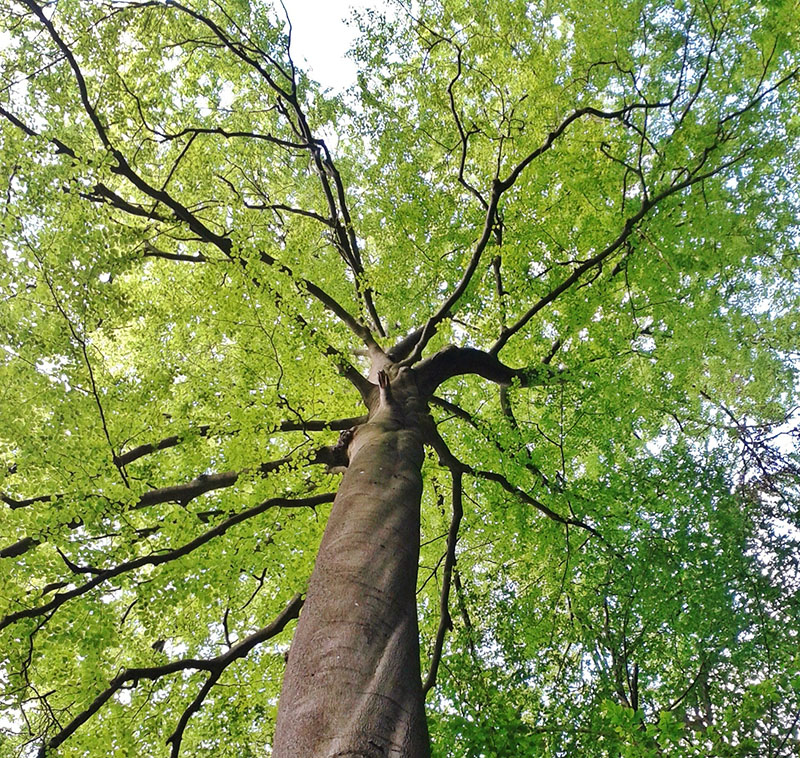
Beech, Fagus sp. A lot of people are familiar with trees in the Fagus genus – those beech trees. They support more than 100 insect species in the moth and butterfly classification. A lot of wildlife eat beech nuts – including humans.

There are many other trees and plants out there that have benefits for wildlife. Whether you’re planting, advocating for or simply educating yourself on urban trees, always remember to do your research to find effective species that will promote wildlife diversity and the insects they host.
About the author
Matthew Knull is an ISA Certified Arborist, a TCIA Certified Treecare Safety Professional, and an arborist training instructor with ACRT. He holds a Bachelor of Science in forestry and natural resources from the University of Georgia.
